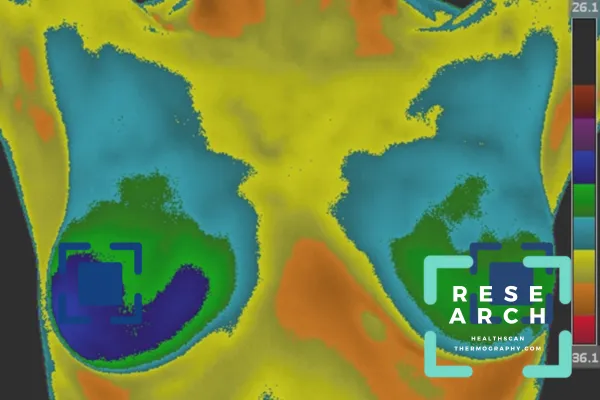Wellness Insights, Thermography Research & More
Thermography as a Breast Cancer Screening Technique: A Review Article
Globally, breast cancer is the most frequently occurring cancer in women and is the reason for more disability-adjusted life years lost than any other type of cancer. Hence, early screening plays a vital role in reducing breast cancer mortality.
Advances in Infrared Thermography: Surgical aspects, vascular changes, and pain monitoring in veterinary medicine
One of the main functions of infrared thermography (IRT) consists in detecting temperature changes in organisms caused by variations in surface blood circulation. IRT is a useful tool that has been used mainly as a diagnostic method for various stress-causing pathologies, though recent suggestions indicate that it can be used to assess the block quality of certain body regions. In the field of anaesthesiology, IRT has been applied to brachial and epidural blocks, while in algology, changes in surface blood circulation associated with sympathetic activity have been investigated.
Infrared Thermography For Temperature Measurement and Non-Destructive Testing
The intensity of the infrared radiation emitted by objects is mainly a function of their temperature. In infrared thermography, this feature is used for multiple purposes: as a health indicator in medical applications, as a sign of malfunction in mechanical and electrical maintenance or as an indicator of heat loss in buildings.
Thermography: A New Perspective on an Old Test
The presence of thermography in chiropractic practice has diminished over the last several years with the fall in its reimbursement. This is an unfortunate circumstance, because the medical profession and dental profession have embraced thermography. This article will help the reader understand the practice and its value in the chiropractic profession today.




